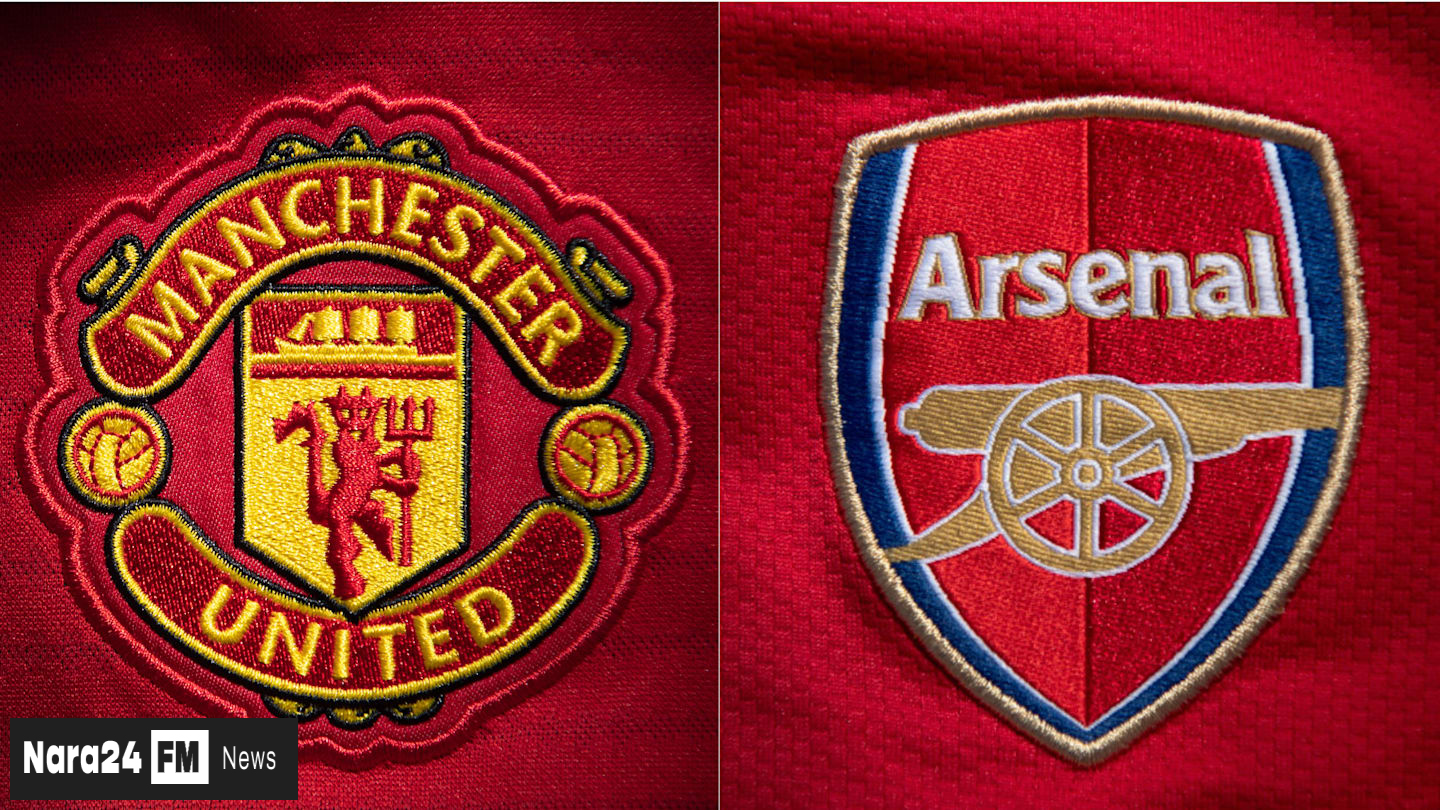Four Games, 325 Days, Uncertain Future
Exactly 325 days separate Thomas Tuchel's official appointment as England manager from the current international break. Yet, despite this head start, a clear picture of his team's identity remains frustratingly out of reach. The German took charge on January 1st, inheriting a fixture list deemed challenging by former England striker Wayne Rooney, but the squad has only participated in four competitive matches under his command so far.
Several factors contribute to this period of uncertainty. Tuchel delayed his arrival until January, missing key Nations League games. Furthermore, the relatively small sample size of games overseen means fewer opportunities to implement and refine his ideas compared to predecessors like Roy Hodgson, who managed 14 games in his debut season. Even caretaker boss Lee Carsley managed eight debuts across six matches, significantly more than the three first caps earned by Dan Burn, Myles Lewis-Skelly, and Trevoh Chalobah since Tuchel's appointment.
Tuchel's squad selections offer some clues about his preferences. While experienced players like Jordan Henderson remain, there's a noticeable shift towards English players thriving in the Premier League. Umir Irfan notes selections favouring players like Ezri Konsa, Dan Burn, Jarrod Bowen, and Marc Guehi, reflecting a potential desire for the league's prevalent style. Furthermore, the squad has been deliberately cut from 26 to 24, signalling a push for greater competition and a "ruthless" approach, exemplified by benching established stars like Trent Alexander-Arnold and Kyle Walker.
Tactical Indicators and Upcoming Challenges
Formation and Strategy
The limited match footage reveals England primarily operating in a 4-4-1-1 shape. However, Tuchel's tactical flexibility is evident in the frequent switching between formations, notably a 2-3-5 and a 3-2-5, with full-backs playing crucial roles.
- 4-4-1-1: The standard setup observed.
- 2-3-5: Both full-backs track defensively, freeing central midfielders to push forward. This shape often features Morgan Rogers or Curtis Jones in a deeper central position.
- 3-2-5: One full-back joins the three centre-backs. This allows the two central midfielders to function higher up the pitch, needing to be covered defensively by the wider players.
Regardless of the specific shape, Irfan highlights that Tuchel retains elements of the Southgate era, such as players dropping deep for the ball, but encourages rotations within designated positional zones to maintain pressure and confuse opponents.
The Road Ahead
The upcoming international window, starting with the high-profile friendly against Andorra at Villa Park, presents Tuchel with an opportunity to showcase his ideas and personnel before the intense focus shifts towards Euro 2024 qualifiers. Crucially, the fixture list includes a match against Serbia, offering another platform to demonstrate progress.
As the clock ticks towards the next major tournament, the pressure is mounting on Tuchel to define his England side. The Three Lions have much to consider before they can truly determine if the manager's vision is taking shape.







Comments (0)
Leave a Comment
Be the first to comment on this article!